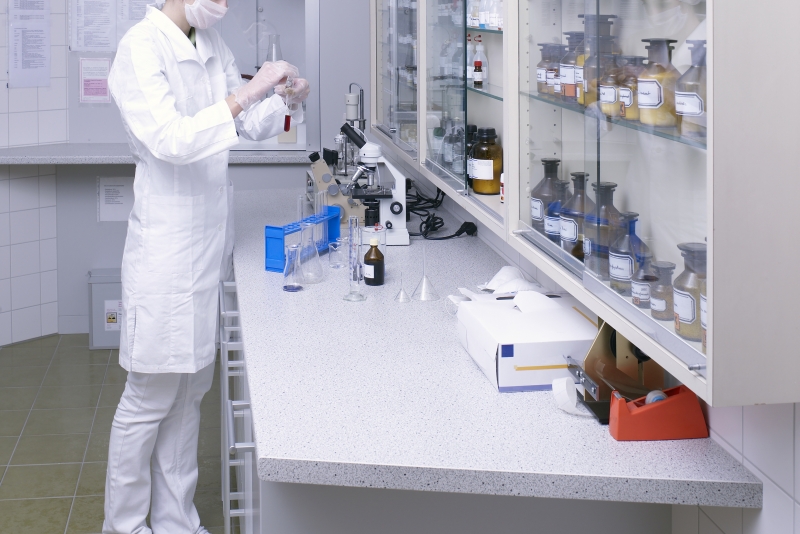An adrenaline rush, associated with the ‘fight or flight’ response, is how the body reacts to a situation which is stressful, traumatic, or dangerous. The idea behind an adrenaline rush is survival as your body prepares to put in the effort necessary to ensure you escape danger unharmed, but how does it actually work? 
What’s in an adrenaline rush
The process involves a number of different responses within the body coming together. First, a dangerous situation is processed by the amygdala, the part of the brain which handles information about emotions. The information is then sent to the hypothalamus, the part of the brain which controls the rest of the body through the nervous system. Finally, a signal is sent to the pituitary glands which release chemical signals to stimulate the production of adrenaline in the adrenal glands.
What this means for your body
With the surge of adrenaline, the liver is stimulated into producing glucose which results in more energy. Blood vessels contract and the heart beats faster which provides muscles with more oxygen and more energy. This is how in some situations it seems that people can muster superhuman strength to complete daring acts. As the nervous system is engaged in sending signals to keep you alive, it also means that most pain isn’t felt until well after the event.
What events cause this
A lot of activities create an adrenaline rush including things our brains understandably considers to be dangerous such as skydiving or watching a scary movie. Situations like an interview or an opportunity to win a bet, however, also cause this response as your brain makes you literally give 110%. Some disorders can create bursts of adrenaline, an issue since lots of adrenaline can cause circulatory problems. Certain individuals can also get addicted to the dopamine rush which comes with it leading them to seek out thrills, a problem which also has underlying genetic causes.
 DiabetesResearchers at Harvard University have used stem cells to engineer insulin-producing cells. This result could mean that, in the future, such cells could be transplanted into people suffering type-1 diabetes to alleviate their symptoms. Type-1 diabetes is the most common form of the disease in children, so this breakthrough offers real hope for future generations of potential sufferers from the disease – which is likely to be a key disease in coming decades as rates of obesity – a major contributing factor to the development of diabetes – grow.LamininScientists at Swedish company Biolamina have developed a product, laminin that is beneficial to other researchers in the stem cell field – a matrix that provides an environment for the cultivation of augmented stem cells. The feeder- and xeno-free system allows all types of cell, all except placenta and embryo cells, to be cultured uninhibited.Alzheimer’sWork at
DiabetesResearchers at Harvard University have used stem cells to engineer insulin-producing cells. This result could mean that, in the future, such cells could be transplanted into people suffering type-1 diabetes to alleviate their symptoms. Type-1 diabetes is the most common form of the disease in children, so this breakthrough offers real hope for future generations of potential sufferers from the disease – which is likely to be a key disease in coming decades as rates of obesity – a major contributing factor to the development of diabetes – grow.LamininScientists at Swedish company Biolamina have developed a product, laminin that is beneficial to other researchers in the stem cell field – a matrix that provides an environment for the cultivation of augmented stem cells. The feeder- and xeno-free system allows all types of cell, all except placenta and embryo cells, to be cultured uninhibited.Alzheimer’sWork at  The HPV VaccineAs one of the most aggressive female cancers, cervical cancer kills millions of women each year. While vaccine therapies have been explored for decades in relation to cancer, finding one that works has proven to be a challenge for scientists. Today, girls and women aged between 13 and 26
The HPV VaccineAs one of the most aggressive female cancers, cervical cancer kills millions of women each year. While vaccine therapies have been explored for decades in relation to cancer, finding one that works has proven to be a challenge for scientists. Today, girls and women aged between 13 and 26